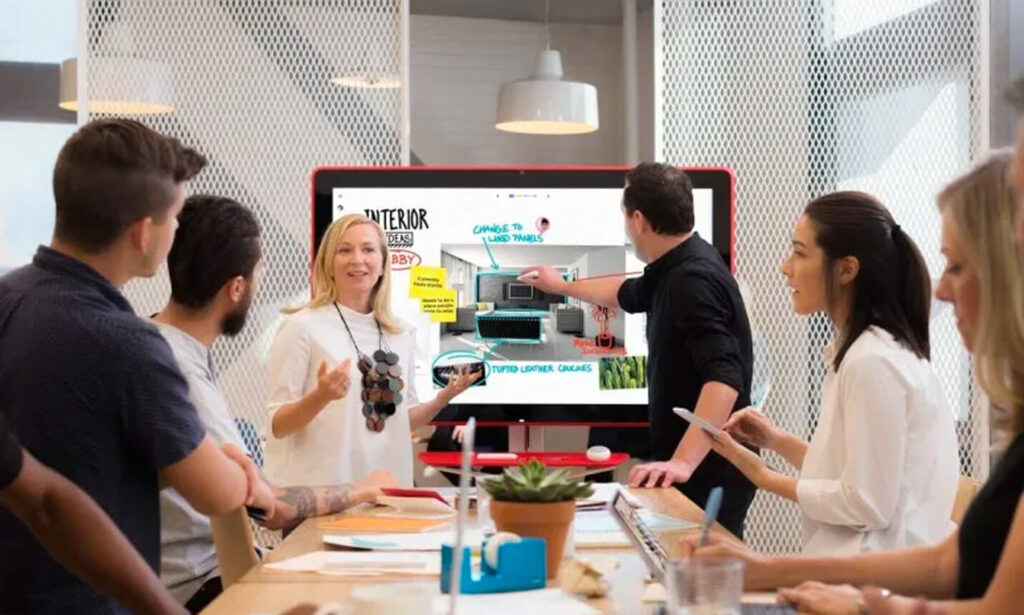Analyst opinion
Once upon a time, pretty much every meeting had a minute-taker – someone who kept notes, summarising who said what. These meeting minutes were circulated afterwards for comment and correction, and to confirm actions that people had said they would carry out.
Then teleconferencing happened, and all those meetings became a whole lot less formal. Now, participants are often expected to keep their own notes, but if everyone takes their own, then there’s no shared or agreed version for those who can’t attend. And while there might be an audio recording of what was actually said, trying to extract the key points or ‘matters arising’ from an hour of audio at a later date is a thankless task.
It’s all about time
Indeed, a general point might be “Don’t rely on recordings!” If someone genuinely hasn’t got time to spend an hour online with you, when at least there’s some real-time interaction possible, it’s unlikely they have time to passively listen to an hour’s recording. There’s a good reason why meeting minutes are usually in summary form, not verbatim. Time is money, after all.
Of course, formal face-to-face meetings often still have minutes. However, we all rely so much now on disparate technological aids for collaboration – smartphones, CRM systems, project management apps – that even if we do have a set of meeting minutes, they need further processing to make them useful.
So what can we do? For a start, we need to bring back meeting minutes, even for e-meetings – but they need to be minutes fit for the 21st century. For a start, that means making them searchable, shareable and connected. And yes, it might mean applying AI to generate a précis.
Once you realise the problem, you probably won’t be surprised to read that there’s quite a few applications offering to do much of this for you. Most are all-in-one solutions, though, combining note-taking with their own task tracking and so on. If you’re happy with working in a single vendor ecosystem then that’s fine – hello Microsoft Teams! – but it’s not the way everyone works.
So there’s also an emerging set of software tools that enable meeting notes to be linked into other tools – turning action items into tasks, activities or tickets in whatever best-of-breed CRM, project management or helpdesk app you happen to use. You can do much this through a collaboration platform – Slack has a lot of relevant integrations here, for example, as in different ways does Dropbox Paper – but I’m thinking more of the likes of Hugo’s eponymous team-working app. I recently talked with Hugo’s founders about making e-meetings more effective and less wasteful, and they were vocal on the foundational role here of ‘actionable’ minutes.
Is your meeting software making you behave badly?
Whichever route you take, it’s all symptomatic of a wider effect we’ve been observing in our research. This is that, yes, we shape our tools, but then our tools tend to shape us – or rather, they shape our behaviours. The resulting behaviours may not be obviously toxic, but they are clearly not optimal either.
How do we pull those behaviours back on course? A first step, obviously, is to recognise that there is a problem. Then it’s understanding where it comes from and the influence our e-meeting toolkit has on it. And lastly, it’s hacking that toolkit to help us rediscover those essential yet near-forgotten meeting skills and disciplines.
Originally published on Freeform Dynamics’ Computer Weekly Blog – Write Side Up
Bryan Betts is sadly no longer with us. He worked as an analyst at Freeform Dynamics between July 2016 and February 2024, when he tragically passed away following an unexpected illness. We are proud to continue to host Bryan’s work as a tribute to his great contribution to the IT industry.






Have You Read This?
From Barcode Scanning to Smart Data Capture
Beyond the Barcode: Smart Data Capture
The Evolving Role of Converged Infrastructure in Modern IT
Evaluating the Potential of Hyper-Converged Storage
Kubernetes as an enterprise multi-cloud enabler
A CX perspective on the Contact Centre
Automation of SAP Master Data Management
Tackling the software skills crunch